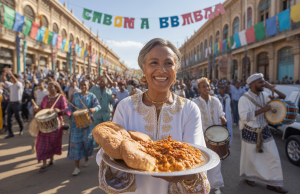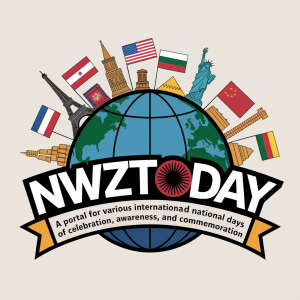Why is Cuba Independence Day Celebrated?
Every year on October 10, Cuba comes alive with vibrant celebrations to honor its Independence Day. This date marks the beginning of Cuba’s ten-year struggle for freedom from Spanish colonial rule, starting in 1868. Known as the “Grito de Yara” (Cry of Yara), it was on this day that Carlos Manuel de Céspedes, a Cuban planter, freed his slaves and declared war against Spanish oppression. Céspedes is hailed as the “Father of the Nation,” and his courageous actions ignited the Cuban War of Independence. Although full independence wasn’t achieved until 1902, October 10 remains a symbol of resilience and the Cuban people’s unwavering fight for liberty.
The History Behind October 10
The journey toward Cuban independence was long and arduous. The “Grito de Yara” sparked a decade-long war, followed by other conflicts, including the Cuban War of Independence and the Spanish-American War. October 10, 1868, became a turning point as it unified Cubans from all walks of life to fight for a common cause: freedom. Eventually, after years of struggle and sacrifice, Cuba attained its sovereignty on May 20, 1902. However, October 10 remains deeply significant as the day when the seeds of independence were sown.
How is Cuba Independence Day Celebrated?
Cuba Independence Day is a time of pride and festivity. Across the nation, you’ll find parades, speeches, and cultural events that honor the country’s history and heroes. Museums and historical sites often host special exhibitions, while schools and communities come together to educate younger generations about the importance of this day. Traditional Cuban music, dance, and cuisine play a central role in the celebrations, with families and friends gathering to enjoy dishes like ropa vieja, tostones, and flan. It’s a day of unity, remembrance, and joy.
Fun Facts About Cuba Independence Day
- The “Grito de Yara” took place in the town of Yara, located in the province of Granma, which is named after the yacht that brought Fidel Castro and his revolutionaries to Cuba in 1956.
- While October 10 marks the start of the independence movement, May 20 is also celebrated as the day Cuba officially became a republic.
- Carlos Manuel de Céspedes’ home in Bayamo has been turned into a museum that attracts visitors from around the world.
- Cuba Independence Day is not only a time for reflection but also for celebrating Cuban art, literature, and music, which have become globally influential.
Join the Celebration!
Whether you’re in Cuba or celebrating from afar, October 10 is a perfect opportunity to learn about Cuban history and immerse yourself in its rich culture. Share this article with your friends and family, try cooking a traditional Cuban dish, or listen to some lively Cuban music to get into the spirit. Let’s honor this remarkable day together!









